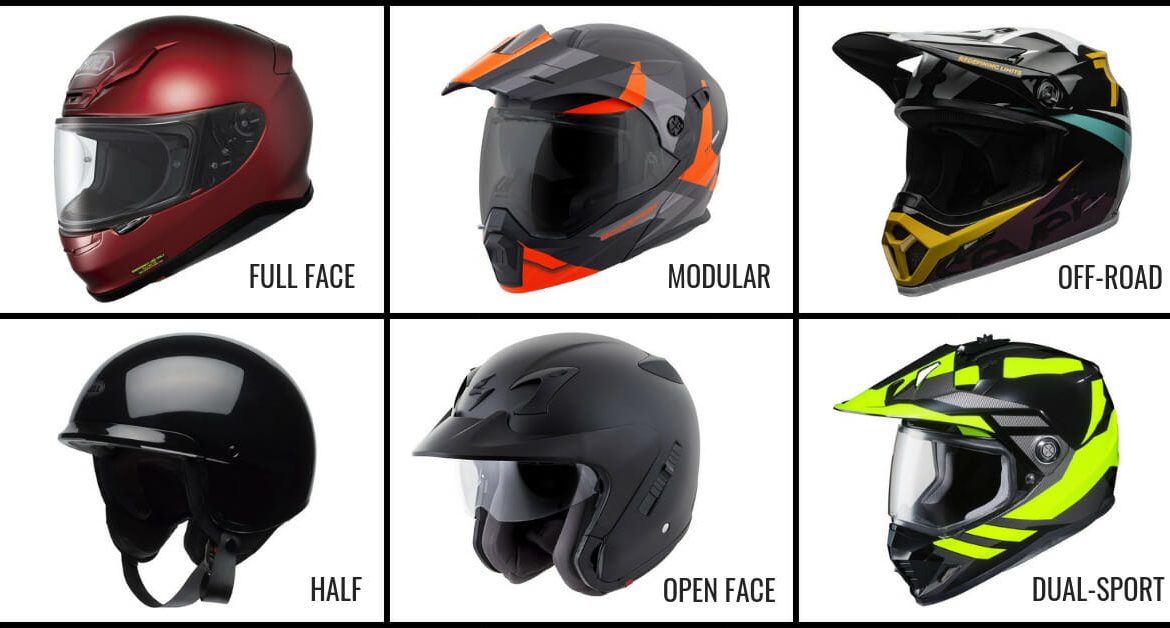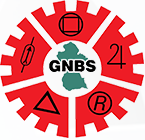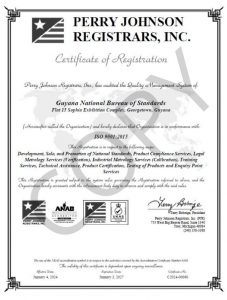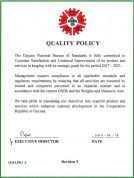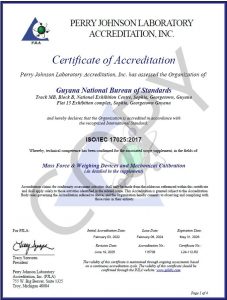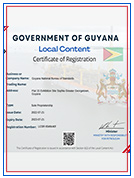Accidents on our roadways continue to be a daily occurrence, affecting victims, their families and other caregivers. A major cause of death, injury or disability among users of motorized two-wheel vehicles are injuries to the head, which can only be prevented with the correct selection and use of safety helmets. Labelling requirements, which are outlined in the National Standard, provides guidance for the selection of quality helmets.
The Guyana National Bureau of Standards (GNBS) has facilitated the development of the National Standard Specification for labelling of commodities – Part 17: Labelling of protective helmets for road users. The standard can assist motorcyclists in differentiating between helmets, which meet specific standards for protection on impact and the ability to remain secured on the wearer’s head, and those that do not. These helmets are also monitored by the GNBS under its Product Compliance programme.
The standard provides manufacturers, retailers and sellers with the necessary information to complete their obligation to describe the commodity in a truthful, informative and non-descriptive manner so as not to create deception.
According to the scope, the standard specifies requirements for the information to be provided on labels of protective helmets for road users, offered for sale in Guyana. The requirements apply to protective helmets for use by pedal cyclists and motorcyclists.
Notably, however, the requirements do not apply to protective helmets for use in open motorized vehicles (boat, All Terrain Vehicles (ATV), non-motorised sports, automotive racing, karting, competitive skiing and equestrian activities.
The standard firstly provides a list of general requirements for labels affixed to or marked on a helmet or its external package. These requirements include that the label shall give a description of the helmet and shall provide adequate information to a potential purchaser, enabling him or her to select one that is best suited for his or her needs. The information shall include the mass, volume, measurement or size, as applicable, and shall give an accurate description of the components of the helmet as is necessary.
The label or marking on the helmets must be permanently and legibly marked in such a manner that the marking can be easily read without removal of the padding or other permanent parts of the helmet. The information should include the name and address of the manufacturer, country of origin, model designation, size, certification mark and instruction to users.
Meanwhile, where an outer package is supplied, the standard specifies that the package shall also be clearly and legibly marked with the manufacturer’s brand name, model designation, size, the nominal mass in grams of the helmet and the activity/activities for which the helmet is designed.
Importantly, the standard requires that helmets for road users be accompanied by a brochure or swing-tag, which shall include information regarding the correct fit of the helmet, cleaning methods, and the manufacturer’s advice on the extent of protection.
The standard assigns the responsibility for labelling to the manufacturer, distributor, wholesaler or retailer of helmets in the course of trade or business. This is to ensure that helmets are labelled under the requirements of this standard.
Manufacturers and distributors of helmets for road use are encouraged to acquire a copy of the standard to ensure those offered for sale meet the labelling specification, which guides users. Motorcyclists also need to ensure that helmets are designed to meet their individual needs for protection.
For further information, please contact the GNBS on telephone numbers: 219-0069, 219-0066 or our WhatsApp number 692-4627 (GNBS).

